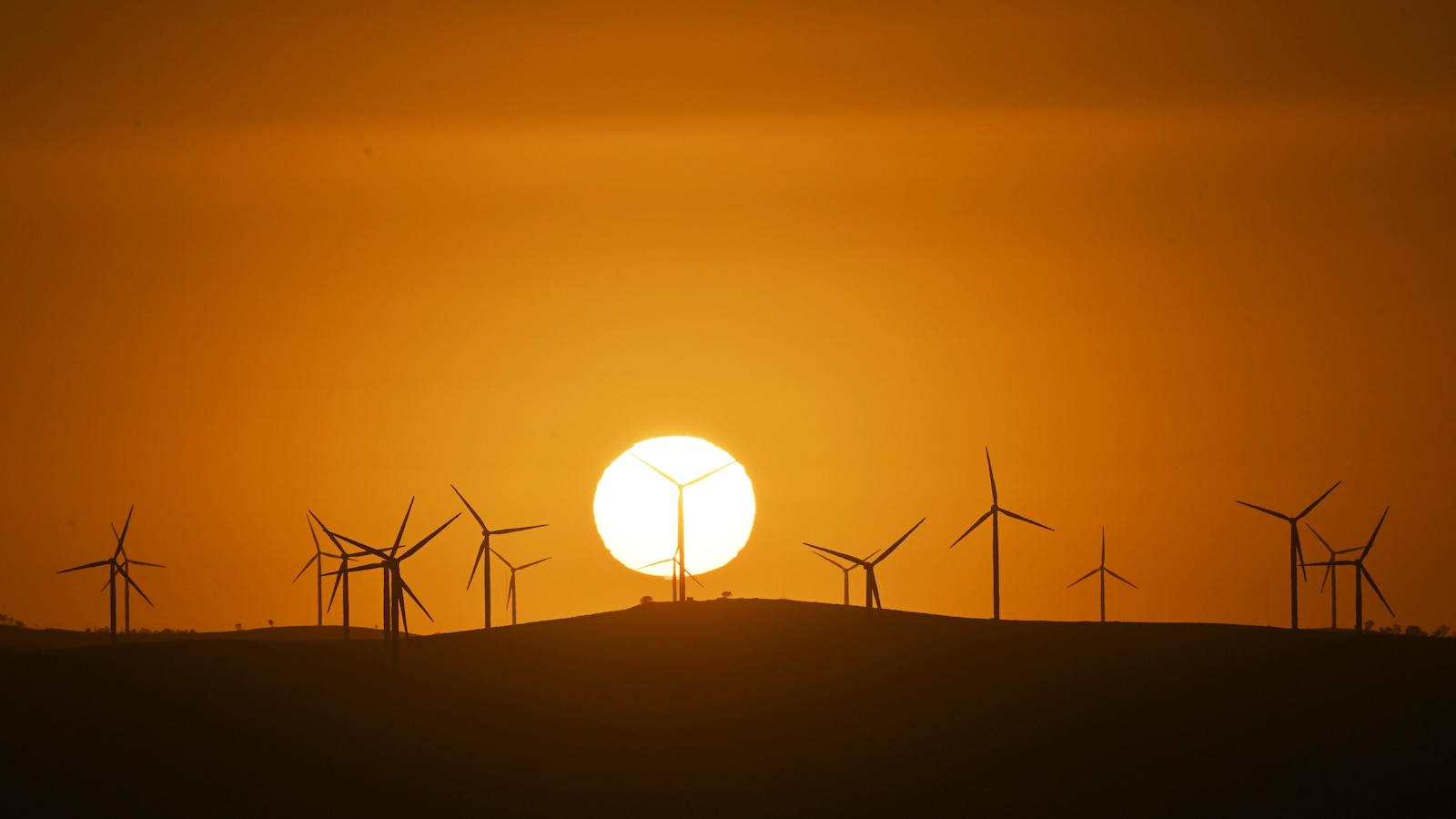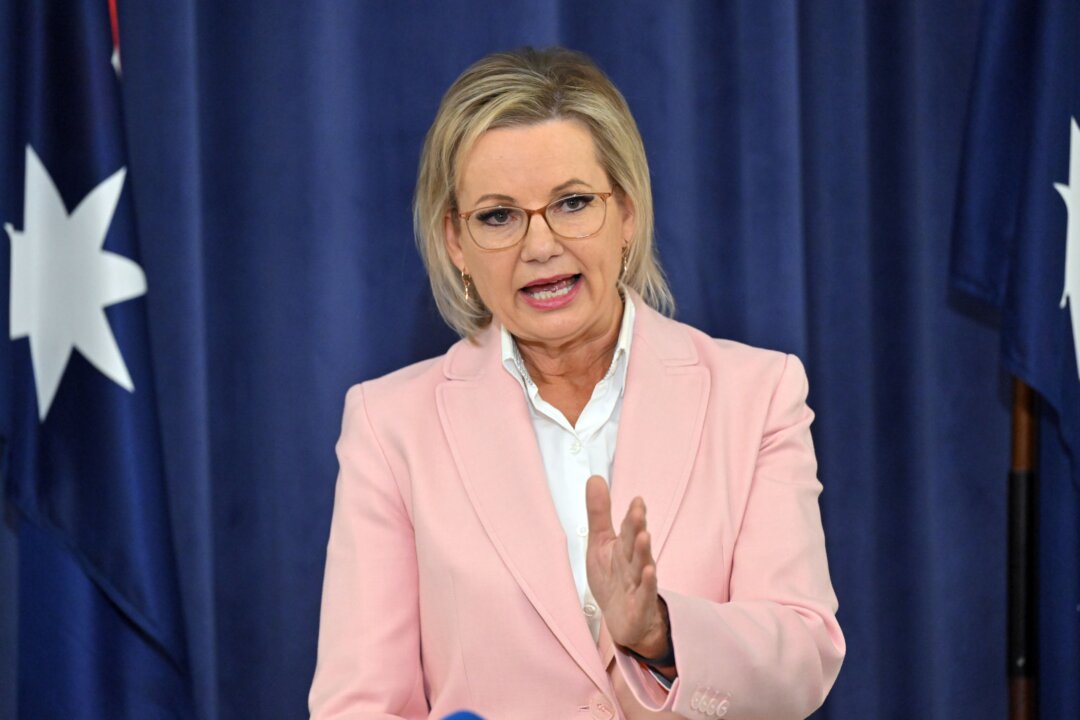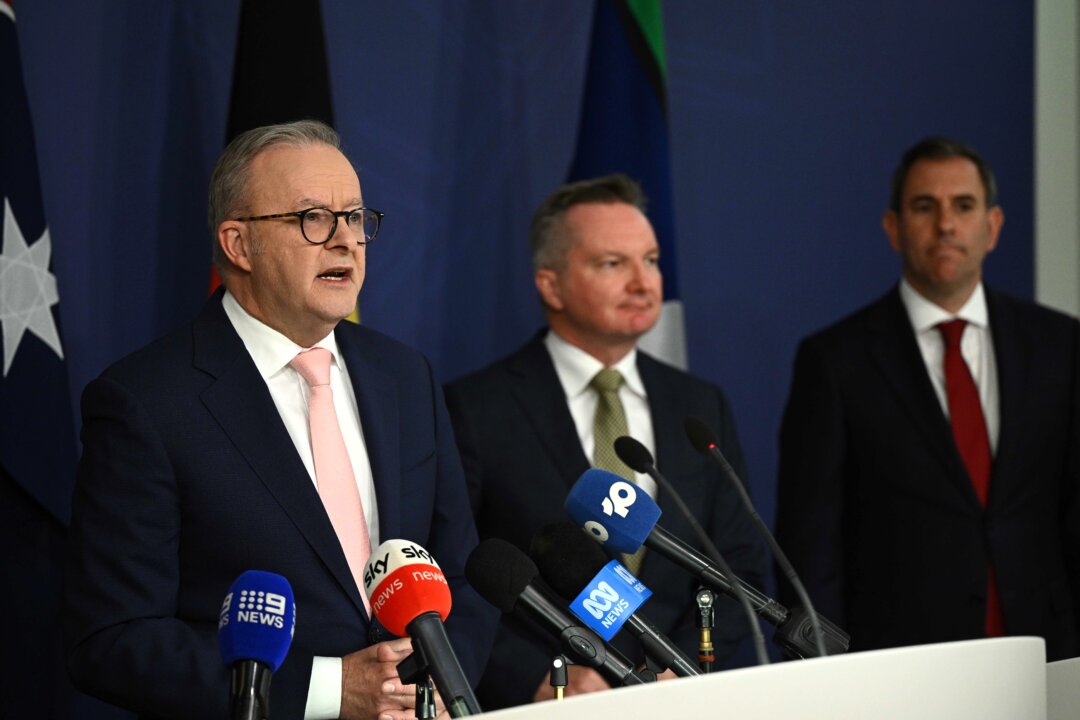Australia Sets Ambitious 2035 Emissions Reduction Target
Australia has announced a new target to cut greenhouse gas emissions by 62-70% below 2005 levels by 2035, with Prime Minister Albanese presenting the plan at the U.N. General Assembly.
Subscribe to unlock this story
We really don't like cutting you off, but you've reached your monthly limit. At just $5/month, subscriptions are how we keep this project going. Start your free 7-day trial today!
Get StartedHave an account? Sign in
Overview
- Australia has established a new goal to reduce greenhouse gas emissions by 62-70% below 2005 levels by 2035, aligning with Paris Agreement requirements.
- Prime Minister Anthony Albanese will present Australia's 2035 emissions reduction target at the U.N. General Assembly next week, describing it as responsible and science-backed.
- This new target builds on Australia's existing commitment to a 43% emissions cut by 2030 and achieving net-zero emissions by 2050.
- The target is seen as ambitious by some, while business groups caution against cuts exceeding 70%, and the opposition criticizes it as not credible.
- Despite setting ambitious reduction targets, the Australian government is not addressing coal and liquefied natural gas exports, drawing criticism from some groups.
Report issue

Read both sides in 5 minutes each day
Analysis
Center-leaning sources cover Australia's new emissions target neutrally, presenting diverse viewpoints without editorial bias. They report the government's announcement factually, then systematically include reactions from the Prime Minister, climate advisors, business groups, the opposition, and environmentalists, allowing readers to weigh various perspectives on the policy's ambition and feasibility.
Articles (5)
Center (2)
FAQ
Australia's 2035 emissions reduction target aims to reduce greenhouse gas emissions by 62-70% below 2005 levels, which is a significant increase from the existing commitment to reduce emissions by 43% below 2005 levels by 2030. This target also aligns with the long-term goal of achieving net-zero emissions by 2050, marking a more ambitious effort to meet Paris Agreement requirements.
The 62-70% emissions reduction target was determined by the Climate Change Authority using a rigorous methodology that integrates climate science, whole-of-economy modelling, sector-by-sector analysis, stakeholder engagement, geo-economic insights, and expert input to ensure the recommendation is robust, achievable, and in Australia's national and economic interest.
Criticism of the Australian government arises because, although it has set ambitious emissions reduction targets domestically, it continues to support coal and liquefied natural gas exports, which undermines efforts to reduce global greenhouse gas emissions. Additionally, some business groups caution against reductions beyond 70%, and the opposition questions the credibility of the targets.
Australia's Prime Minister Anthony Albanese will present the country's 2035 emissions reduction target at the upcoming United Nations General Assembly.
The Climate Change Authority is legally mandated to provide independent, expert advice to the Australian Government on setting emissions reduction targets. Its recommendations are based on scientific analysis, economic modelling, and stakeholder consultations to guide Australia's climate policy commitments under the Paris Agreement.
History
- This story does not have any previous versions.




